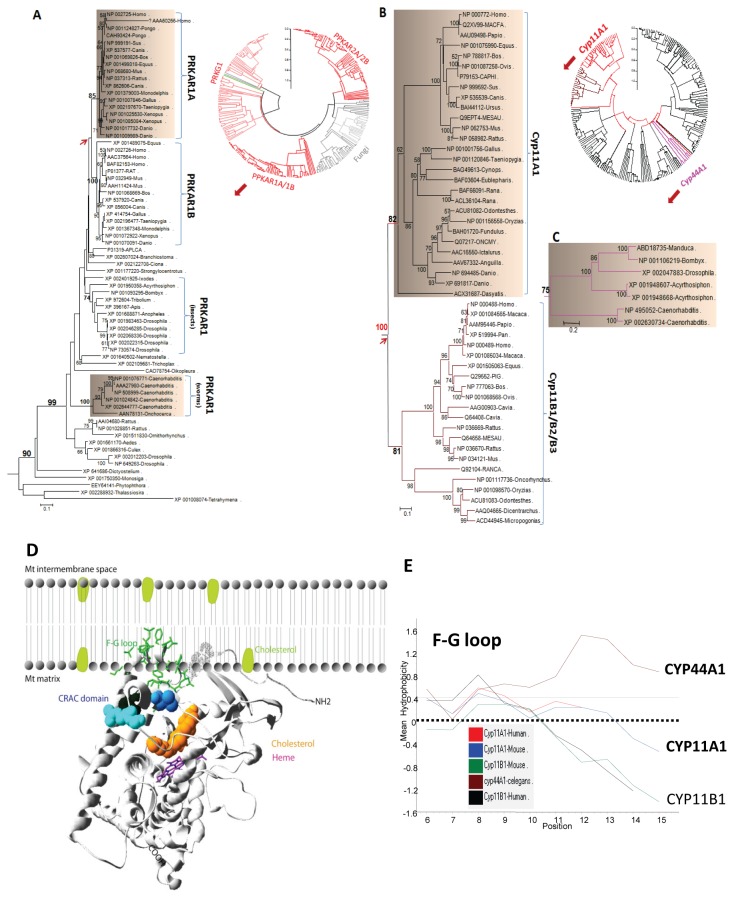Figure 4. Conserved elements of the steroidogenesis machinery involved in cholesterol transport in vertebrates.
A. NJ tree for the PPKAR1A family. The orthologous genes of human PPKAR1A are distributed within entire animals with strong bootstrap support, although gene duplication events occurred during vertebrate evolution. B. NJ tree for the CYP11A1 family. The orthologous genes of human Cyp11A1 are limited within vertebrates and were duplicated from Cyp11B1/B2/B3. C. The phylogeny of the invertebrate Mt CYP enzymes, CYP44A1 (NP_495052) and CYP314A1 (XP_002047883). D. Illustration of insertion of the human CYP11A1 into the mitochondrial inner membrane via an F-G loop, which is attached to the mitochondria inner membrane and is highlighted via a stick structure. The CRAC domain is shown as a ball-and-stick representation, and the cholesterol molecule is sitting within the steroid binding pocket and depicted in brown. The model was derived from PDB code 3NA1 (color in grey). E. Hydrophobicity profile of the F-G loops from CYP11A1, CYP11B1, and CYP44A1. The hydropathy indices were determined as described by Kyte & Doolittle [98]. Hydrophobic residues are indicated by positive values.

